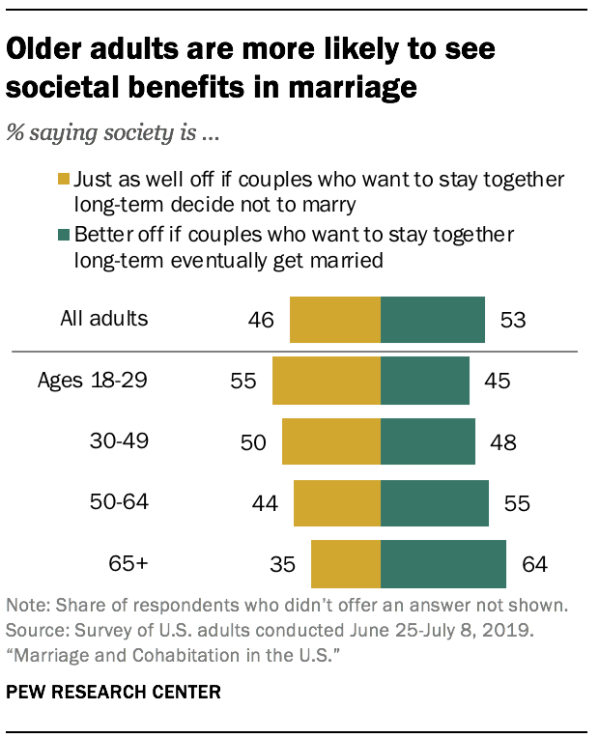
A histogram is a graphical representation of the distribution of numeric data. It essentially looks like a bar chart, but instead of categories, it has "bins" that represent ranges of numbers.
Here is a link to information about histograms: https://en.wikipedia.org/wiki/Histogram
Here is an example of a histogram depicting the percentage of individuals who view cohabitation without marriage as problematic based on age. Image source : https://www.pewsocialtrends.org/2019/11/06/marriage-and-cohabitation-in-the-u-s/psdt_11-06-19_cohabitation-00-09/

A box plot depicts numeric data through the use of their quartiles to show skews in the data. Below is a diagram explaining how to read a box plot.

Source: Torban, A. (2018, October 16). Episode 34: How to Harness the Power & Beauty of a Box Plot - Featured Data Visualization by Eric William Lin. Retrieved from https://dataviztoday.com/shownotes/34.